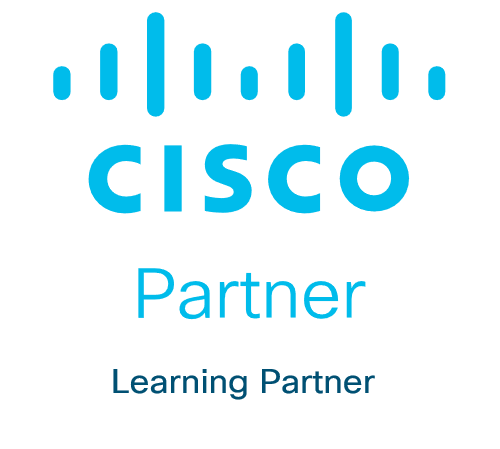What you’ll learn
Who should enroll
- Field engineers
- Network engineers
- Network administrators
- System engineers
Technology areas
Software-defined access networks
Training overview
Objectives
After taking this training, you should be able to:
- Describe Cisco SD-Access architecture and its components
- Explain Catalyst Center deployment models, scaling, and high availability
- Identify Cisco SD-Access fabric protocols and node roles
- Understand the Cisco SD-Access Wireless deployment models
- Automate Day 0 device onboarding with Catalyst Center LAN Automation and Network PnP
- Deploy simple Cisco SD-Access fabric networks
- Monitor health and performance of the network with Catalyst Center Assurance
- Interact with the Catalyst Center Platform Intent APIs
To fully benefit from this training, you should have the following knowledge and skills:
- CCNP® level core networking knowledge
- Ability to use Windows and Linux CLI tools such as ping, SSH, or running scripts
These are the recommended Cisco offerings that may help you meet these prerequisites:
- Implementing and Administering Cisco Solutions (CCNA®) v1.0
- Implementing Cisco Enterprise Network Core Technologies (ENCOR) v1.1
Lab outline
NOTE: Some of these lab activities are simulations and are marked as such following the name of the lab activity.
- Explore Catalyst Center User Interface
- Verify Location Identifier Separation Protocol (LISP) Operation in Cisco SD-Access
- Integrate Catalyst Center and Cisco Identity Services Engine (Cisco ISE) [Simulation]
- Provision Access Points in Catalyst Center [Simulation]
- Provision Underlay Networks with Catalyst Center LAN Automation [Simulation]
- Provision Underlay Networks with Catalyst Center LAN Automation (cont.)
- Deploy Cisco SD-Access Single Site Fabric [Simulation]
- Deploy Cisco SD-Access Single Site Fabric (cont.)
- Explore Catalyst Center Assurance [Simulation]
- Cisco DNA Assurance Issues and Guided Remediation [Simulation]
- Interact with Catalyst Center Intent APIs Using Python




